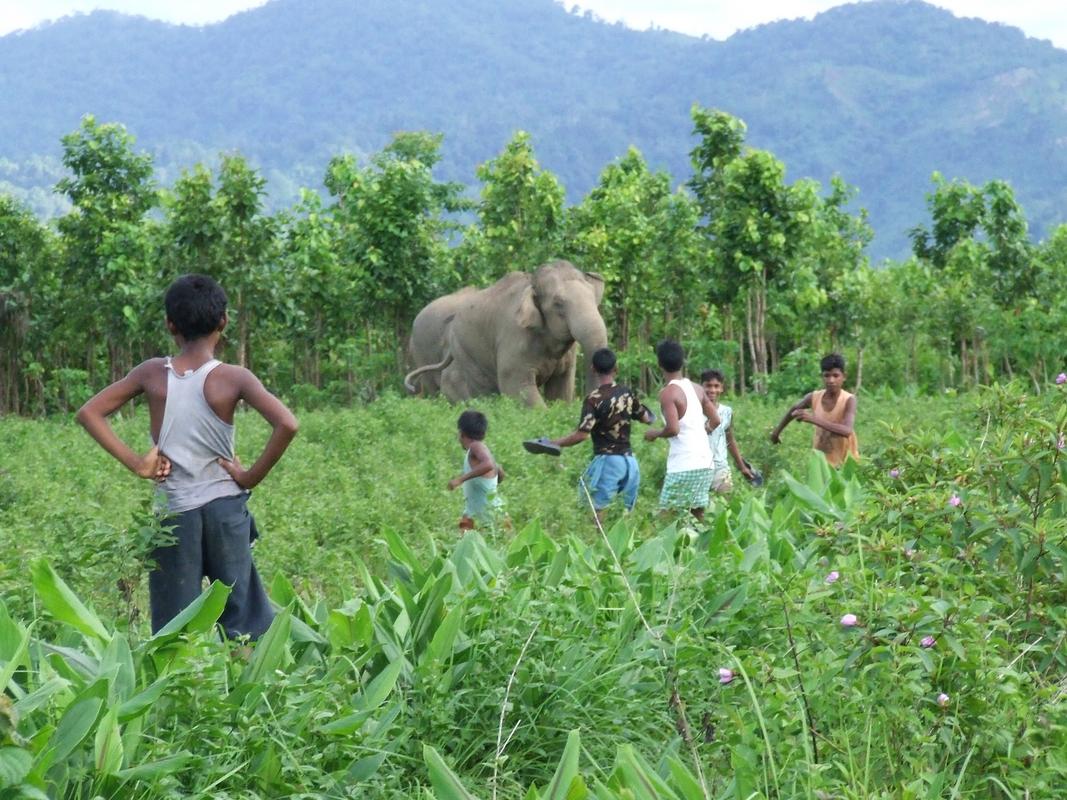Sharp Rise in Animal Encounters Alarms Karnataka Villages
The creeping conflict between people and wildlife is no longer a fringe concern in Karnataka. From just a few hundred reported clashes in 2019 to more than 34,000 incidents spanning 2019 to 2023, encounters have spiked by a staggering 183%. The southern stretches of the Western Ghats, known for their biodiversity, are now hotspots not just for nature lovers—but for serious human-wildlife conflict too.
This dramatic uptick paints a sobering image of broken boundaries between forests and farms. In most cases, it’s not about rare sightings. We’re talking about elephants trampling crops, tigers seen near schools, and leopards prowling outside homes. For the people living in these regions, peaceful coexistence seems further away than ever.
What Happened in Southern Karnataka
A detailed study published in the journal ‘Indian Society of Remote Sensing’ has brought structured clarity to the scale of the problem. The research titled ‘Geospatial Identification of Human-Wildlife Conflict Hotspots in the Southern Western Ghats’, identified clusters of conflict using data from over 34,000 incidents. These events were recorded in areas bordering forests—agricultural fields, plantations, and even within 100 meters of villages.
- 98% of all conflicts involved elephants, tigers, and leopards
- Women and children near farms bore the brunt of the surprise encounters
- Rs 27 crore was paid in government compensation to confirmed victims
- Crop loss, not human injuries, accounted for the bulk of reported damage
The breakdown reveals a deeper truth: almost 97.8% of crop damage was caused by elephants, also consistent with higher-altitude conflict zones between 750 and 1,000 meters. Gaurs, wild boars, and other species collectively contributed to the remaining few percent. Much of this damage went unrecovered, despite payouts, and stoked visible frustration among affected farmers.
Government’s Reaction
An official working in the forest department admitted under condition of anonymity: “We are under-resourced and frequently react after the damage. The idea of proactive protection using modern tracking or early-warning systems hasn’t taken off due to cost and planning delays.”
But the government has acknowledged the escalation. Between 2019 and 2023, state authorities disbursed approximately Rs 27 crore in compensation. Since 2023, newer proposals are in the works aimed at improving fencing, creating wildlife corridors, and curbing monoculture plantations in sensitive belts.
Forest officials, too, are grappling with the complexity. They face public anger on one side, and conservation challenges on the other.
Why Conflict Has Increased
Contrary to what many might assume, the problem doesn’t peak only during summers—when wildlife is assumed to leave forests in search of water or food. In fact, the study reported something rather surprising.
- 30.9% of conflicts happened during the monsoon season (July to September)
- 29.4% occurred during October to December
So why then? Lead researcher from Telangana offered an explanation that feels as much ecological as it is human-induced: “The trend is largely due to high-density of invasive plant species such as Lantana camara and Senna spectabilis. These choke forest floors, reduce fodder availability, and essentially push wildlife out of their natural feeding zones.”
Additionally, the damage isn’t just indirect. Infrastructure projects—especially highways—have sliced natural migration corridors. Wildlife, especially elephants, end up on village roads, farms, and sometimes even school grounds. One cause seems to feed into another without clear resolution.
Who Faces the Highest Risk Now?
The research’s spatial mapping pinpointed that over 5,000 encounters happened less than 500 meters from homes and human settlements. This was especially true for leopard and tiger sightings, most commonly within a 100-meter radius. Elephants, being migratory, were spotted across a wider range and elevation.
One of the more unsettling findings? Carnivore-related incidents were happening at elevations below 750 meters—closer to populated forest-edge communities. This proximity greatly increases the chance of human injury or livestock attacks, not just crop loss.
Local Voices Sound Alarm
In Holenarasipura near Hassan, a farmer named Mahadeva recounted a chilling event from October 2023: “We woke up to an elephant right in the middle of the sugarcane plot. It didn’t attack us, but destroyed a month’s harvest. No one wants to work these farms anymore at night.”
Villagers across Chamarajanagar, Kodagu, and Shivamogga districts echoed similar fears. Some have started creating DIY alarms—using tins and ropes—to make noise at night. These efforts, though honest, barely hold off a determined wildlife encounter.
Interaction Trends from 2023 to 2025
Based on partial projections and continued field reports, the human-wildlife interaction rate in southern India is expected to increase slightly through 2025. In 2023, around 9,300 interactions were recorded in southern Karnataka and parts of Tamil Nadu and Kerala. Experts estimate these numbers might move closer to 10,000 annually by 2025 if prevention strategies remain inconsistent.
Rather than isolated events, what we’re seeing is a rise in regular interaction—daytime sightings, damage, and near misses. These could soon become the norm in areas near protected forests unless ecosystems are better managed.
Can This Conflict Be Controlled?
That’s the hard question. There are no easy fixes. Removing invasive plant species takes time and extensive effort. Avoiding monoculture plantations is easier said than done, especially when they bolster local economies. As for preventing wildlife from entering human zones—well, animals don’t follow property lines.
One step, say experts, is landscape-level planning. Wildlife needs corridors that connect green areas without cutting through homes and farms. More fencing is only a temporary buffer. Long-term efforts must include farmer education, high-alert zones, and more rapid-response forest teams.
But what’s undeniable now: the boundary is blurring. Whether it’s fear, financial loss, or tragedy—these aren’t just jungle problems anymore. They’re knocking at the doorsteps of schools, roads, and homes.

